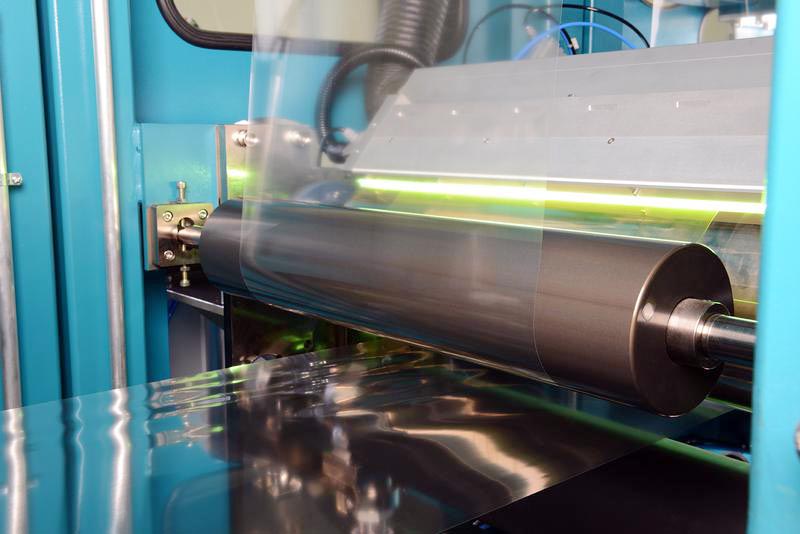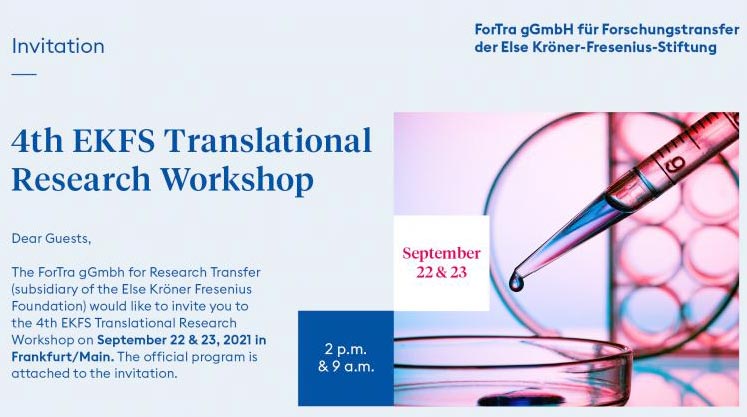

Mobile laser scanning has developed to become one of the most important technologies for the 3D mapping of objects. Installed on measurement cars or trains, on aircrafts or ships, laser scanners measure large areas without physical contact.
The measurement data can be used to create a highly detailed 3D image of the environment which may be almost photo-realistic depending on measuring conditions. Mobile laser scanners measure extremely fast, ever-more efficiently and precisely thanks to technological advances. Some units are now so small and lightweight that they can be used on drones.
In the spotlight: Indoor mapping and stand-alone applications
Nowadays, mobile laser scanners are already being used for applications way beyond classical land surveying, i.e. obtaining geodata: specialized surveying service providers rely on mobile laser scanners to measure and survey roads, rails, bridges, buildings or even agricultural areas. There is increasing interest in indoor navigation, i.e. measuring interiors. A 3D image of the interior airports, museums, factory shops or office buildings, which is generated at regular intervals, can be used in many ways, for example with a view to security aspects.
The automobile industry is testing laser scanners in the context of driverless cars. What role do laser scanners play in interaction with other sensors? What is the upper cost limit? How big may the the scanners be? How reliably do they operate throughout a car’s life cycle?
In the words of Dr. Matthias Buthenut of IAV GmbH, an automotive-engineering service provider operating worldwide, when presenting the expectations and requirements of the automobile industry in relation to the technology: »there are many unanswered questions in relation to mobile laser scanners, above all as regards the enormous amounts of data they generate and how this data can be fused with other sensors«.
Visualizing measurement data is becoming more important
Processing and visualizing measurement data are increasingly important processes in mobile laser scanning. How can required objects be extracted as efficiently as possible from large quantities of measurement data? How can the data be presented so that the user is provided as quickly and conveniently as possible with the required information?
Several speakers presented new visualization options. Dr. Jürgen Sturm of Google Germany explained strategies for 3D reconstruction of measurement data on the basis of the Google Tango technology platform. The aim of Tango is to teach mobile devices how to see and orientate themselves in 3D without the need for GPS data. Tango obtains the data using a depth-sensing camera but the challenges in relation to data processing and data interpretation are similar to those of laser scanning.
In the words of Dr. Alexander Reiterer of Fraunhofer IPM who set the event in motion: »the topic of laser scanning is a very dynamic one. This was shown once again clearly by the Workshop«. As he went on to say: »industry is showing major interest but it is also pointing up specific requirements on the technology, which does, of course, spur us scientists on. So swapping information and ideas between industry and research is more important than ever before«.
The MoLaS Technology Workshop is held every two years. The next Workshop will be held in November 2018












